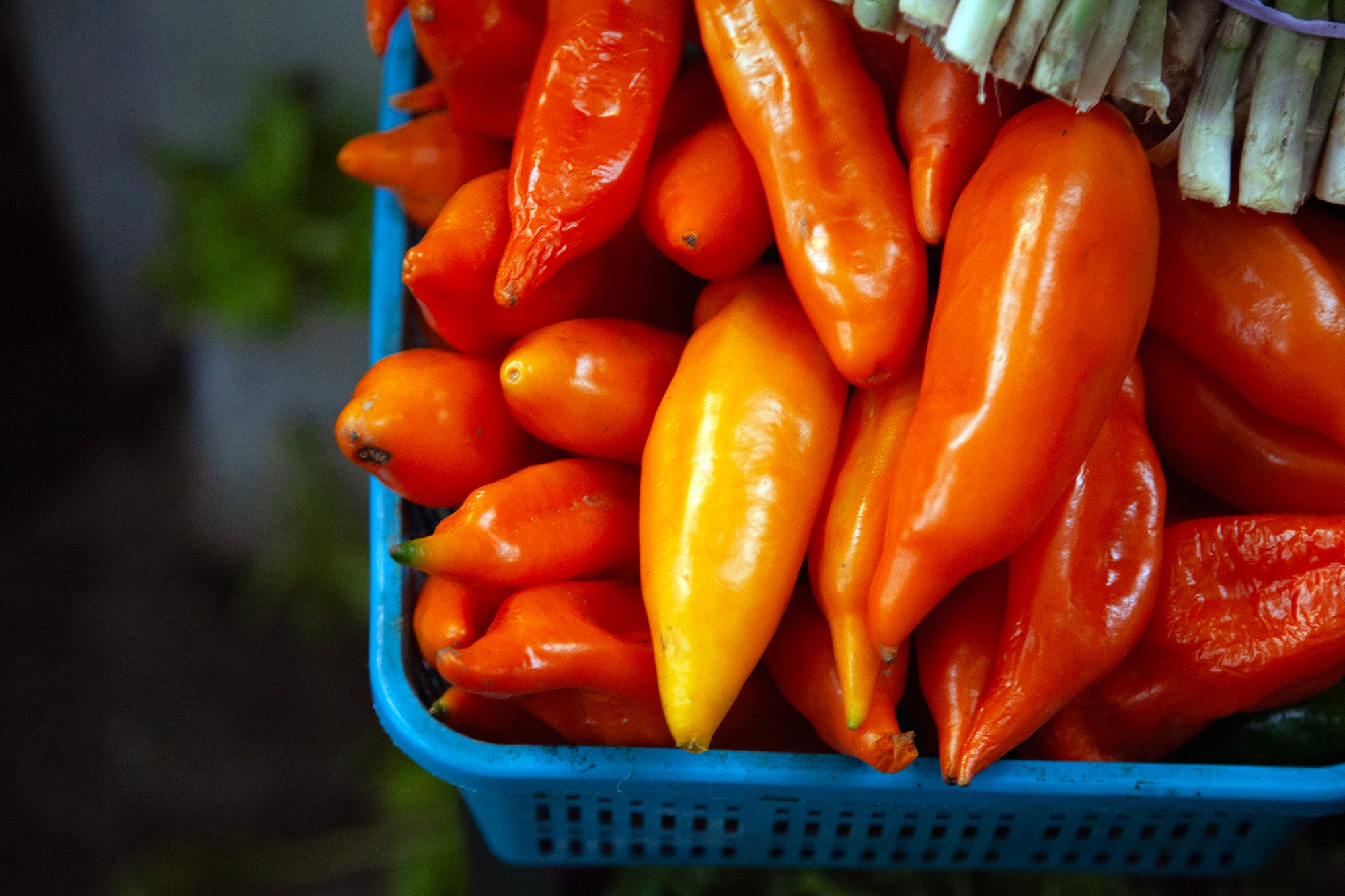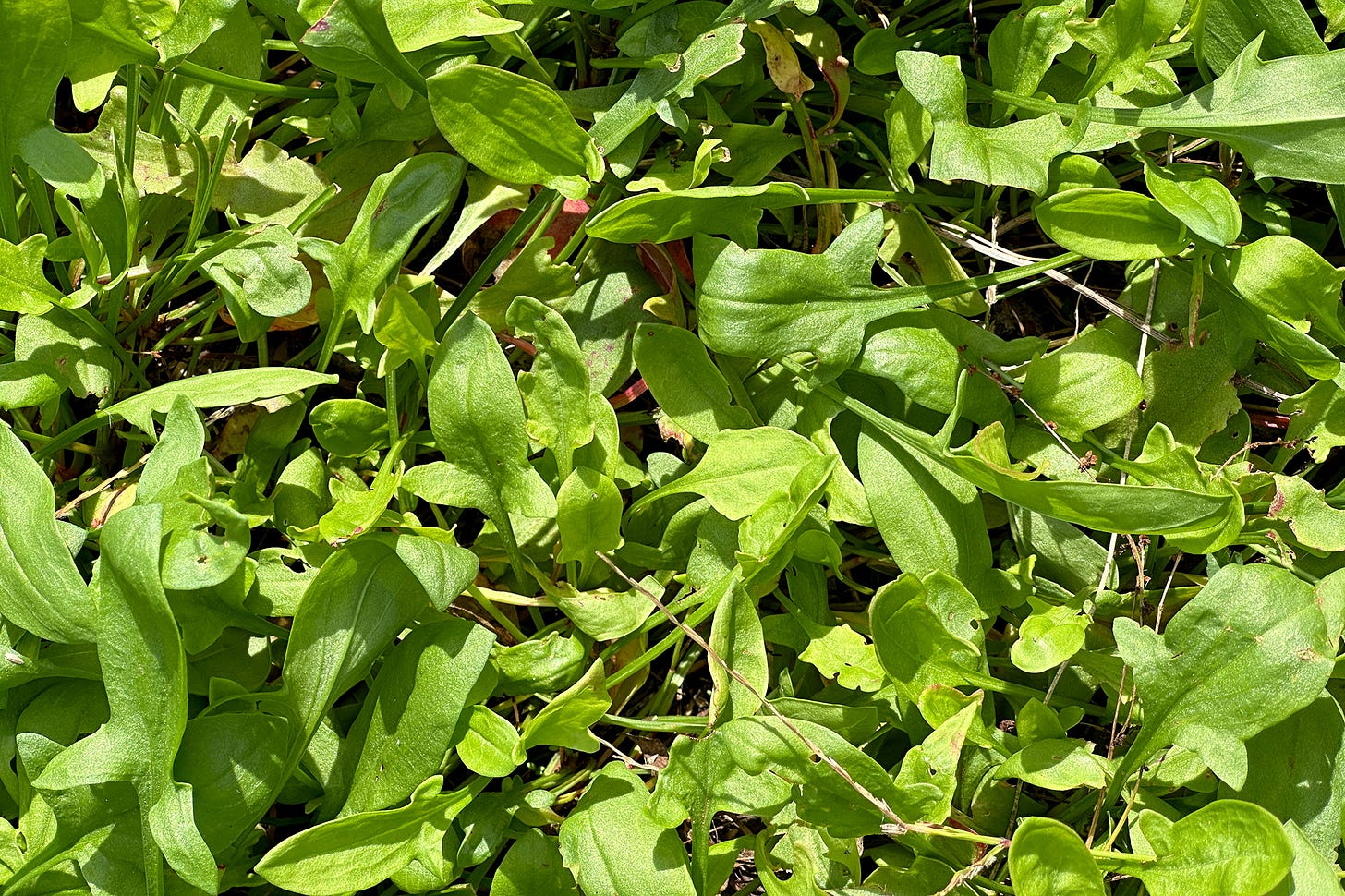Field Notes: October 2024
Ají amarillo, the Magdalena River and new restaurants in Bolivia, Brazil & Chile.
A regular round-up of culinary news from around the Americas, and beyond. If you have any tips about restaurant or hotel openings, new culinary books, food media worth reading, plus events and happenings of every sort, drop me a line thenewworlder@gmail.com.
As part of a series of different food voyages in The New York Times Style Magazine, Ligaya Mishan, went to Peru to learn more about the common chile ají amarillo. She was kind enough to quote me in the very visual, poetic story, Hunting for One of the World's Most Exquisite Peppers. In the story, she goes around tasting ají amarillo in different forms at restaurants in Lima, such as Isolina, La Picantería and Maido, and also visits a farm where the chile is being grown and the production facility where Mitsuharu Tsumura’s is making specialty sauces from them (which are going to be available in the U.S. in the near future).
When she first reached out to me I was taken aback at how little I’ve actually thought about ají amarillo. I spend what’s probably considered by most an unusual amount of time chile hunting around Latin America, not to mention experimenting with chiles at home, but ají amarillo is so common, so readily available and such a part of my everyday use that I think of it like eggs or butter.
It’s a chile that is used all throughout criollo cooking in Peru. You use it in sauces especially, but also in soups or in salads. My absolute favorite thing to do with ají amarillo is to make salsa a la huancaina. You sauté some chopped onions with the chiles (or the paste), mix in a little bit of queso fresco and white bread soaked in milk to thicken it, then blend it. I mostly wing it when making it and play around with balancing the spice and thickness, though there’s a good recipe in The Latin American Cookbook if you need one. It’s a sauce that you typically would pour over boiled potatoes, as they do in Huancayo in Peru’s central Andes, but I eat it with pasta or at parties I leave a bowl of it out and people dip small roasted potatoes or sometimes potato chips in it.
Aji amarillo is a chile that, I think, will eventually be sold at every supermarket in the United States. It’s so much more versatile than a jalapeño, and it has such a bright, clean, citrusy flavor. Peruvian chiles, while they can be hot, are really less about the heat than the flavor. That’s what ají amarillo brings to a dish. There is heat, but it’s secondary to a flavor that enlivens everything it comes into contact with. More than anything, the heat is just a reminder that the chile is there.
The Crop Cycle: Stories with Deep Roots by Shane Mitchell – The Bitter Southerner
Coming of Age at Wildair by Sara Keene – New Wine Review
The Nobu You Don’t Know by Adam Robb – Grub Street
The Race to Save Mezcal From the World by Jay Cheshes – Smithsonian
Fricandó by Elisabet Juan Roca –
Colombia and West Africa Unite on the Plate in This Fascinating Food Town by Kayla Stewart – Saveur
It’s Time to Build More Native Restaurants by Sean Sherman & Mecca Bos – Eater
Keep yelling about climate change by Emily Atkin –
After a trip to Vestmannaeyjar, Iceland’s Westman Islands, last year, where sheep sorrel (Rumex acetosella) or red sorrel is well loved leafy green with a citrusy flavor, I noticed a small patch of it in my yard. In the late summer the patch appeared again, this year it is five times the size and critters, other than slugs, seem to have no interest in it. Nearly every weekday for lunch, I step outside and grab a handful of it to make salads with, add in to stir fries or use to top tacos and quesadillas.
Keep reading with a 7-day free trial
Subscribe to New Worlder to keep reading this post and get 7 days of free access to the full post archives.





